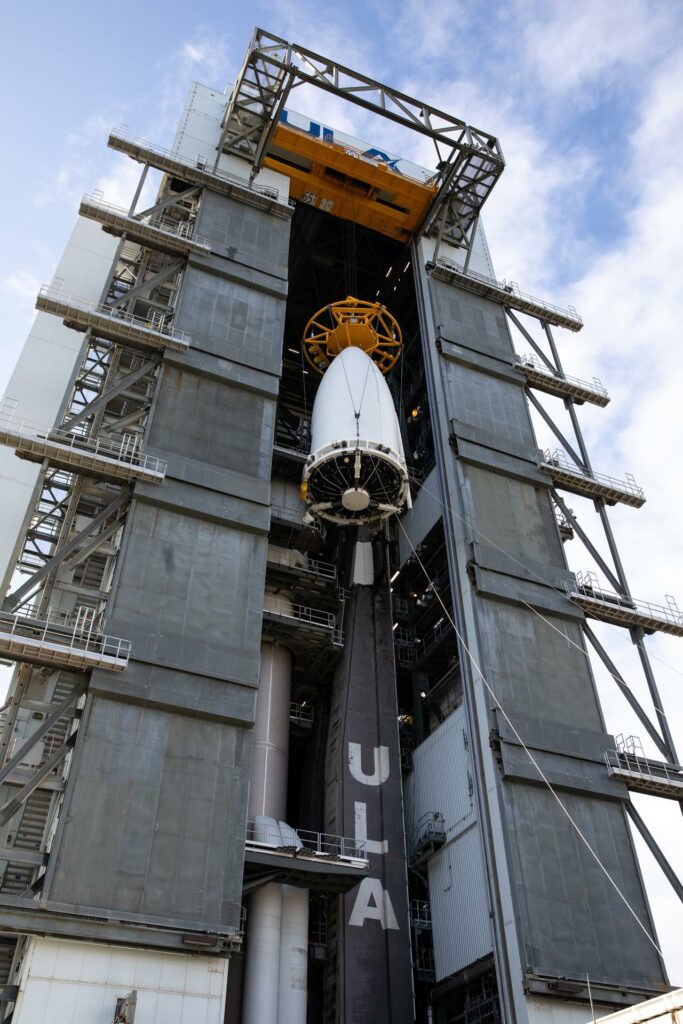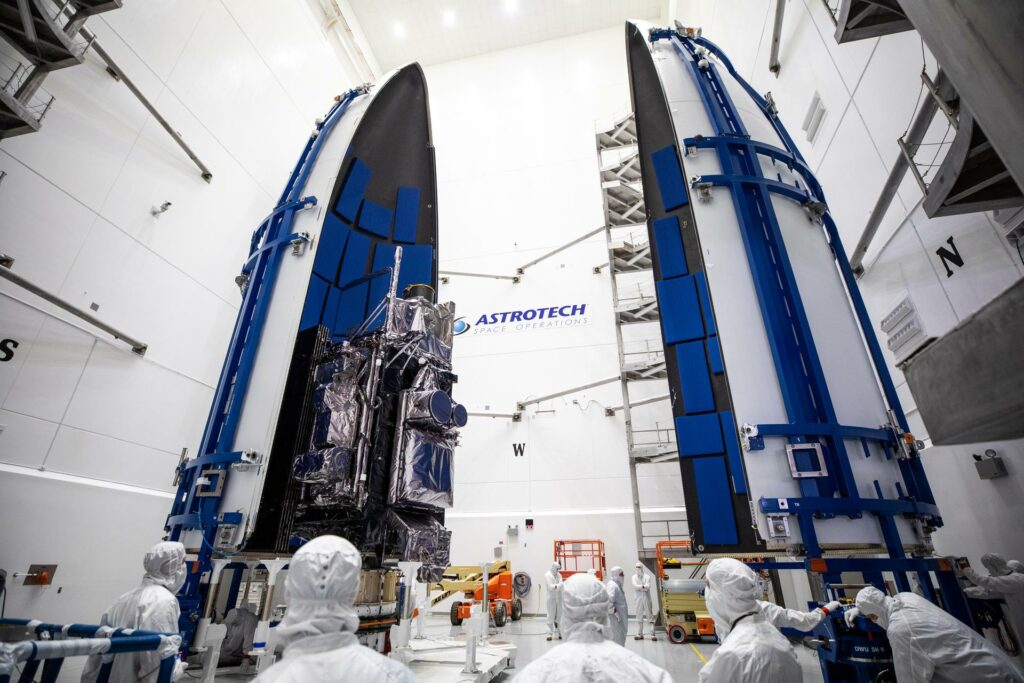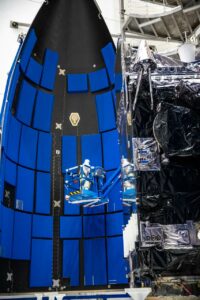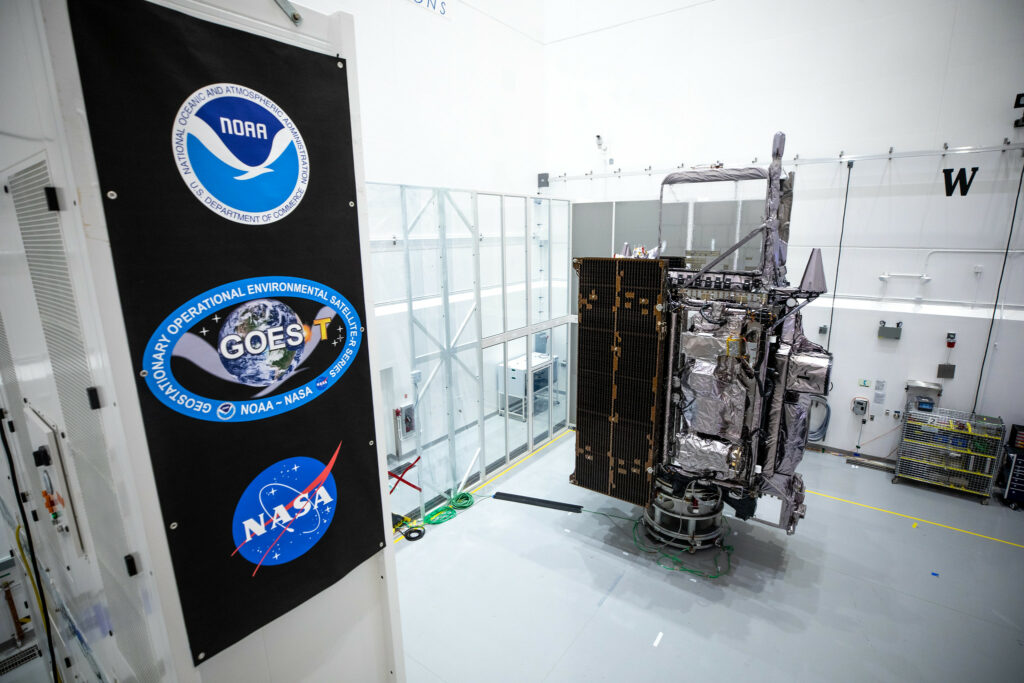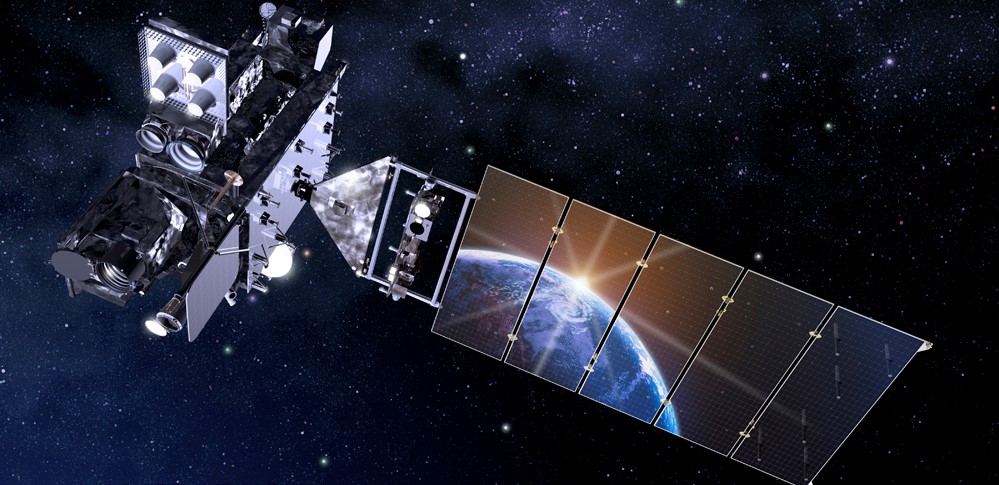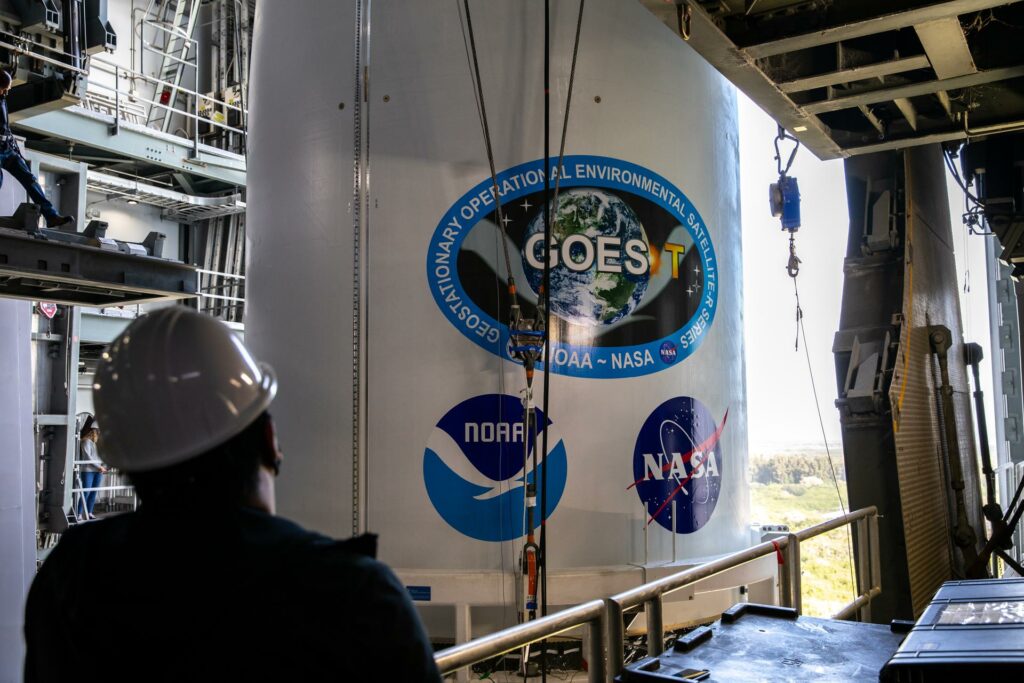
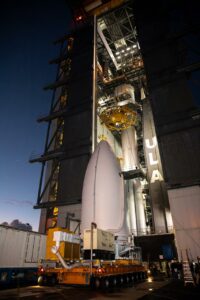
Following a successful Launch Readiness Review at NASA’s Kennedy Space Center in Florida, the National Oceanic and Atmospheric Administration’s (NOAA) Geostationary Operational Environmental Satellite-T (GOES-T) satellite is cleared to proceed with Tuesday’s launch from Cape Canaveral Space Force Station.
Liftoff is targeted for 4:38 p.m. EST on Tuesday, March 1, on a United Launch Alliance Atlas V 541 rocket, from Cape Canaveral Space Force Station’s Launch Complex 41. There is a two-hour window for the launch, which is being managed by NASA’s Launch Services Program, based at Kennedy.
The current favorable weather forecast for launch day is 60%. The primary concerns are cumulus cloud and surface electric fields.
Tune in to NASA TV today, Feb. 26, at 1 p.m. for a live broadcast of the GOES-T Prelaunch News Conference. Participants include:
- Steve Volz, acting assistant secretary of commerce for environmental observation and prediction and assistant administrator for satellite and information services, NOAA
- Pam Sullivan, director, GOES-R Program, NOAA
- John Gagosian, director, Joint Agency Satellite Division, Science Mission Directorate, NASA
- Tim Dunn, launch director, NASA’s Launch Services Program, NASA Kennedy
- Scott Messer, program manager, NASA Launch Services, United Launch Alliance
- Jessica Williams, launch weather officer, 45th Weather Squadron, Space Launch Delta 45
At 10 a.m. on Monday, Feb. 28, NASA EDGE will host the GOES-T rollout show. The broadcast will air live on NASA TV and YouTube. Coverage of launch day events begins at 4 p.m. Tuesday, March 1. Follow along right here on the blog, or tune in to the live show on NASA TV, the NASA app, or the agency’s website.
GOES-T is the third satellite in the Geostationary Operational Environmental Satellites (GOES) – R Series, the Western Hemisphere’s most sophisticated weather observing and environmental monitoring system. The GOES-R Series provides advanced imagery and atmospheric measurements, real-time mapping of lightning activity, and space weather monitoring.
After GOES-T launches, it will be renamed GOES-18 once it reaches geostationary orbit. Following a successful on-orbit checkout of its instruments and systems, NOAA plans to put GOES-T immediately into operational service, replacing GOES-17 as GOES West.
Stay connected with the mission on social media, and let people know you’re following it on Twitter, Facebook, and Instagram using the hashtag #GOEST. Also follow online at:
- Twitter: @NASA, @NASASocial, @NASA_LSP, @NASAKennedy, @NOAASatellites
- Facebook: NASA, NASA LSP, NASA Kennedy, NOAA Satellites
- Instagram: NASA, NASA Kennedy, NOAA Satellites
Click here for more information about GOES-T and to meet members of the mission team.

